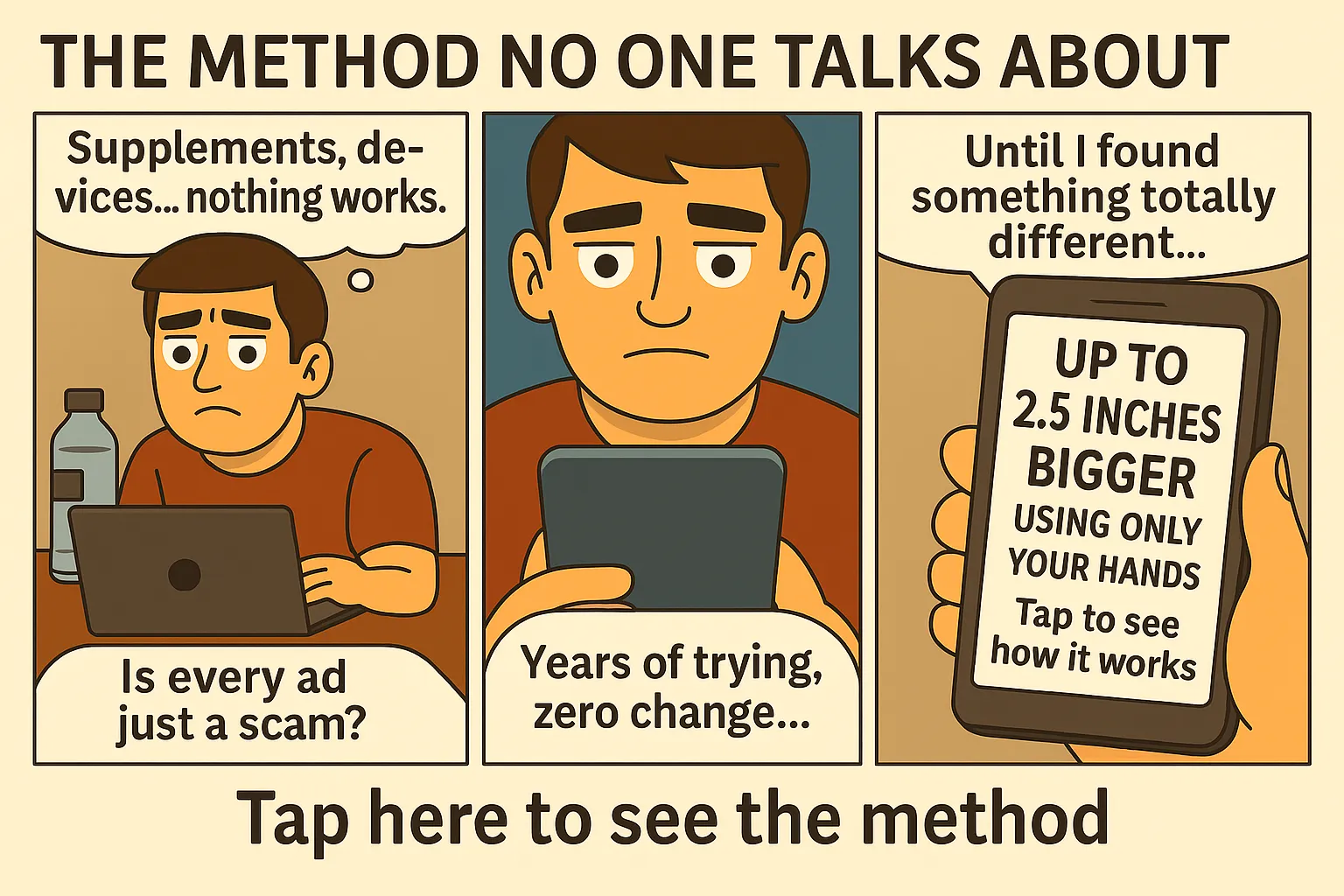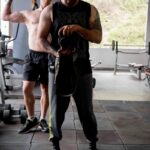This Hormone-Killing Mistake Is Lurking in Your Body Temperature 🌡️🧬
Most men don’t realize that temperature is a hormonal signal. From sleep quality to testicle health, your body’s ability to regulate heat plays a major role in testosterone production. If you’re too hot at the wrong time—or too cold when your body needs warmth—your hormones suffer. Optimizing temperature isn’t just comfort. It’s a testosterone strategy.
The Hidden Role of Temperature in Hormonal Health
Temperature affects blood flow, enzymatic activity, and hormonal signaling. Your testes, for example, must stay cooler than core body temperature to function. Sleep, another testosterone driver, also requires a core temperature drop to activate deep rest cycles.
Signs Temperature May Be Sabotaging Your Testosterone
- Sweating excessively at night
- Waking up multiple times during sleep
- Low sperm count or fertility issues
- Chronic fatigue despite 7–8 hours of rest
If these sound familiar, your temperature regulation could be blocking hormonal production without you realizing it.
Cold Exposure and Testosterone Boost
Cold showers, ice baths, and cold exposure protocols have been shown to support testosterone levels by activating brown fat, improving mitochondrial function, and stimulating the endocrine system. They also build resilience—a masculine trait rooted in physical and hormonal strength.
When Cold Can Backfire
Overdoing cold exposure or applying ice directly to the testes can suppress rather than support testosterone. The key is strategic exposure—short bursts, controlled settings, and always followed by warmth and recovery.
Want to improve hormonal output during sleep?
Explore the full guide on deep rest strategies for high testosterone and align your temperature for nightly regeneration.
Testicle Temperature: The Core of Testosterone Health
Your testicles are literally engineered to stay cooler than the rest of your body. That’s why they hang outside. Even a slight increase in scrotal temperature can impair sperm production and testosterone synthesis. Tight underwear, hot laptops, and heated car seats? Testosterone killers.
Switch to loose, breathable boxers. Avoid direct heat around your groin. And ditch the laptop-on-lap habit—it’s not worth the cost to your hormones.
Temperature and Sleep-Driven Hormonal Cycles
To enter deep sleep—where testosterone is produced—your core temperature must drop by about 1°C. If your room is too warm, your body struggles to enter the slow-wave sleep stages critical for hormonal repair. The ideal room temperature? 16–19°C (60–67°F).
Men who cool their rooms at night report deeper sleep, more vivid dreams, and better energy. That’s testosterone at work.
Using Heat the Right Way
While excess heat can be harmful, targeted heat exposure—like saunas or infrared therapy—can boost growth hormone, enhance circulation, and support recovery. The key is using heat to flush the body, followed by cooling to stimulate regeneration. Think sauna + cold shower, not hot tub + sleep.
Signs You’re Temperature Optimized
- Fall asleep within 10–15 minutes
- Stay asleep without waking up drenched in sweat
- Wake up alert and with morning wood
- No overheating during workouts
Link Between Temperature and Breathing
Respiration regulates body heat. Proper nasal breathing helps control body temp during rest and exertion. Learn how deep breathing improves performance and hormonal recovery.
Thermoregulation and Masculine Performance
When your temperature is under control, your performance rises. You think faster, recover quicker, and handle stress better. High testosterone men naturally regulate temperature efficiently—they don’t overheat under pressure or freeze under uncertainty.
Want to think and act faster? Master your thermal environment. It’s a masculine edge few optimize.
Blood Flow, Temperature, and Hormonal Delivery
Temperature influences circulation. Warmer tissues expand blood vessels, increasing hormonal delivery. Cold constricts—but used smartly, it creates a rebound effect. Strategic contrast—heat then cold—flushes toxins and drives fresh blood and hormones into tissues. Think post-workout sauna then ice bath. Done consistently, it trains your endocrine system to thrive under changing conditions.
Metabolic Heat and Thermogenesis
Brown fat, located around your neck and upper back, activates during cold exposure. This “metabolic tissue” burns calories to create heat and balance internal temperature. It also increases norepinephrine, which indirectly supports testosterone through improved metabolism and mitochondrial activity.
Short cold exposures = better brown fat function = more hormonal efficiency.
Using Clothing to Support Hormonal Health
- Wear layers in winter but allow airflow—overheating indoors is common
- Sleep naked or in light shorts to cool the groin area
- Avoid compression underwear unless training
Still waking up hot or restless?
It could be your environment sabotaging your hormones. See how light spectrum also impacts testosterone through sleep disruption.
Ready to turn your environment into a testosterone ally?
Unlock the full protocol to boost testosterone naturally, with zero gimmicks.
The Evolutionary Link Between Heat and Testosterone
Our ancestors evolved in sync with temperature cycles. Cold mornings, warm days, and cool nights created natural hormonal rhythms. Fire, movement, and rest all revolved around managing body heat. Modern climate control—while convenient—disconnects us from this hormonal intelligence.
Reintroduce nature’s thermal cycles and your hormones will respond. Cold mornings, warm midday sun, cool nights—it’s primal programming.
Testing Your Thermal Environment
Use these home methods to assess your temperature balance:
- Groin sweat test: If your underwear is damp when you wake up, your room may be too warm
- Sleep latency: If you take over 30 minutes to fall asleep, core temp may be too high
- Morning clarity: Brain fog upon waking often links to poor temperature regulation at night
Nighttime Routine for Thermal and Hormonal Sync
- Dim lights 90 minutes before bed
- Take a warm shower to drop core temp after
- Wear minimal clothing or sleep nude
- Keep windows slightly open or use a fan
- Remove electronic heat sources from the room
Daytime Habits That Support Thermal Balance
- Sunlight within 30 minutes of waking resets circadian and thermal rhythm
- Cold exposure post-training helps reduce inflammation and cortisol
- Breathwork lowers internal heat and stabilizes the nervous system
Checklist: Are You Temperature-Testosterone Aligned?
- ✅ Your room stays between 16–19°C
- ✅ You wear breathable fabrics during sleep
- ✅ You avoid direct heat near your groin
- ✅ You stack cold and heat protocols weekly
- ✅ You fall asleep easily and wake up ready
Long-Term Benefits of Thermal Awareness
Mastering your thermal environment leads to deep sleep, higher testosterone, enhanced fertility, improved mood, and better sexual performance. These aren’t quick fixes—they’re lifelong upgrades. When your body feels safe and aligned with temperature rhythms, it prioritizes reproduction, strength, and confidence.
Signs Your Thermoregulation Is Working
- You no longer overheat in your sleep
- You wake with energy and sexual drive
- You stay focused without brain fog
- Your workouts feel more efficient and less draining
Bringing It All Together
Temperature isn’t just environmental—it’s hormonal. It’s neurological. It’s deeply masculine. Mastering your body’s thermal responses gives you access to higher testosterone, better recovery, and primal confidence most men never touch.
Temperature Triggers: Good vs Bad for Testosterone
| Condition | Effect on Testosterone | Action |
|---|---|---|
| Cool Room at Night ❄️ | Boosts production during deep sleep | Keep bedroom 16–19°C |
| Hot Showers Before Bed 🔥 | Disrupts thermal drop needed for testosterone | Use earlier in the day |
| Ice Baths Post-Workout 🧊 | Improves hormonal recovery | 2–5 min max |
| Hot Laptops on Lap 💻 | Overheats testes and reduces sperm/testosterone | Avoid contact |
One Final Insight
You can’t separate environment from biology. Your room, your clothes, your routines—they all shape your testosterone. Pay attention to heat. Optimize your cool. Your hormones are listening.
Before and After: Thermal Optimization in Action
Before: 32-year-old man with low libido, restless sleep, and constant groin heat due to tight underwear and poor airflow at night. After 3 weeks: Switched to loose boxers, dropped room temperature to 18°C, added cold shower post-training. Results: stronger morning erections, deeper sleep, more energy at work.
Before: Office worker struggling with fatigue despite 8 hours of sleep. Room temp: 24°C, heated blanket, TV on at night. After: Removed heat sources, replaced with red light lamp, introduced breathwork before sleep. After 10 days: improved mood, mental sharpness, sexual drive restored.
Every Degree Matters
Just a 1–2°C shift in your environment can change your sleep quality, hormonal output, and next-day performance. Don’t underestimate the thermal factor—it’s a silent hormone amplifier or suppressor, depending on how you manage it.
24-Hour Testosterone-Optimized Temperature Routine
- 06:30 – Wake up and get 10 minutes of morning sun: Reset your thermal and hormonal clock
- 07:00 – Cold shower: Activate brown fat, boost alertness, support endocrine resilience
- 12:00 – Light walk outside: Thermoregulation boost + midday light = hormonal balance
- 17:00 – Resistance training: Use natural heat to build testosterone, avoid overtraining
- 18:30 – Sauna or warm shower: Stimulate circulation, prep body for cooling
- 21:00 – Breathwork + red light only: Calm nervous system, prep melatonin and deep rest
- 22:00 – Sleep in cool, silent, dark room: Deep sleep = max testosterone production
Final Reminder
Masculine health is temperature-driven. Your body is waiting for alignment—and rewards it with strength, clarity, and primal confidence. Control your environment, and you control your testosterone. This is how modern men reclaim natural dominance.
FAQs About Temperature and Testosterone
Does scrotal temperature really affect testosterone?
Absolutely. The testes need to be a few degrees cooler than core body temperature. Constant overheating suppresses both sperm and testosterone production.
Can cold showers alone boost testosterone?
They can help indirectly by improving blood flow and reducing inflammation, but real results come from combining temperature control with sleep, light, and breath.
 How Temperature Regulates Testosterone and Masculinity – masculine growth symbolism – via supremepenis.com
How Temperature Regulates Testosterone and Masculinity – masculine growth symbolism – via supremepenis.com







